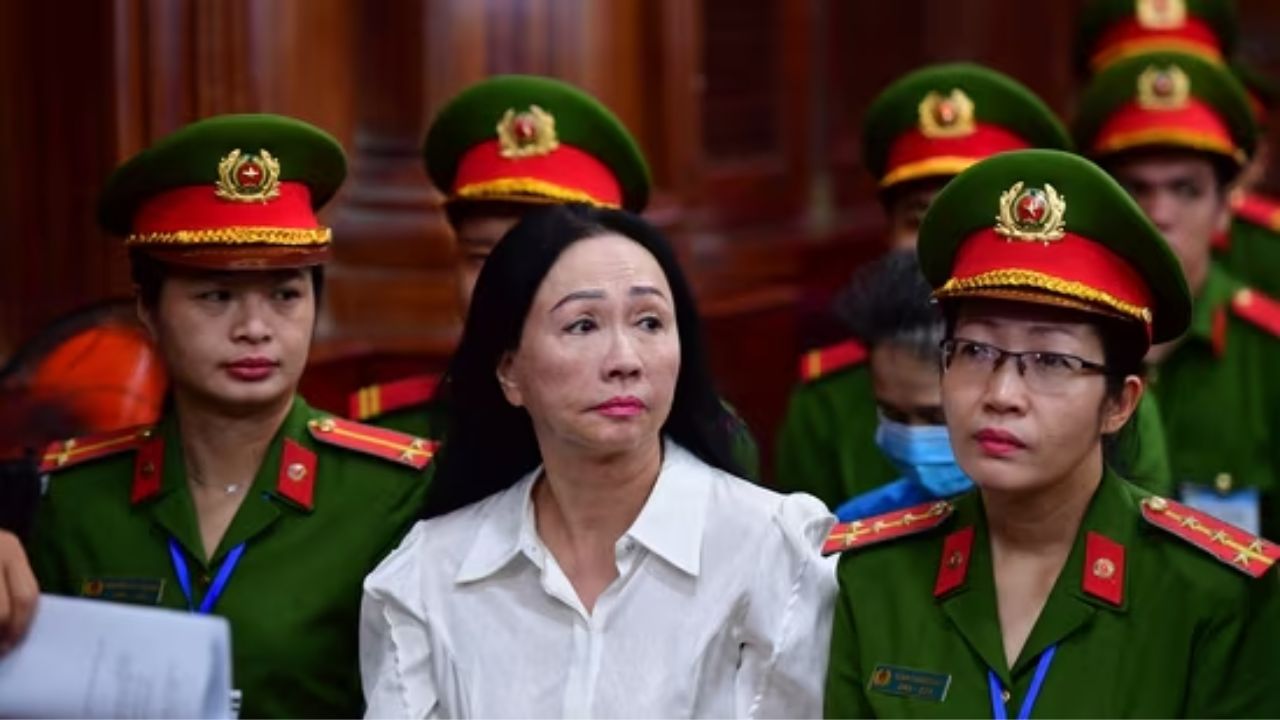The death penalty in Vietnam has a long and complex history, shaped by cultural, legal, and social factors. In this article, we will explore various aspects related to the death penalty in Vietnam, including its historical context, legal framework, and impact on society. Additionally, we will delve into lifestyle, education, family dynamics, and social relationships in Vietnam. Let’s begin our journey through this multifaceted topic.
Capital punishment remains a contentious issue worldwide, and Vietnam is no exception. In this article, we delve into the intricacies of the death penalty in the Socialist Republic of Vietnam. From its legal framework to execution methods, we explore the various facets of this controversial practice.
Legal Framework
Vietnam allows capital punishment for 29 offenses, including murder, armed robbery, drug trafficking, rape, sexual abuse of children, and economic crimes such as graft, corruption, fraud, and embezzlement. The Penal Code contains relevant articles that apply to capital punishment, spanning chapters related to national security and crimes against human life, health, dignity, and honor.
Execution Methods
Historically, executions were carried out by a firing squad of seven police officers. Prisoners were blindfolded and tied to stakes. However, in November 2011, Vietnam transitioned to lethal injection after passing the Law on Execution of Criminal Judgments. The drugs used for lethal injections are domestically produced2. Notably, the first execution by lethal injection occurred in 2013, marking a significant shift in execution practices.
Recent Trends
Despite reducing the number of offenses subject to the death penalty over the past decade, Vietnam witnessed a doubling in the number of people sentenced to death during the same period. In 2018, the government reported a dramatic increase in death sentences compared to the previous year, with 85 executions taking place—equivalent to at least one execution per week. However, the exact number of individuals on death row remains unknown.
Transparency Challenges
Vietnam classifies information related to the death penalty as a “state secret”. The names of lethal drugs used for executions remain undisclosed, despite recommendations for greater transparency from international bodies. Additionally, the right to a fair trial is often compromised, with inadequate legal representation for defendants.
The Death Penalty in Vietnam
Historical Context
The use of capital punishment in Vietnam has evolved over time. Historically, Vietnam followed the Chinese Confucian model, which emphasized strict social order and hierarchical relationships. Chữ Hán (Chinese characters) served as the main mode of literature and governance. However, during French colonial rule, the Vietnamese legal system underwent significant changes, including the adoption of a French model. In the 1920s, the creation of the Chữ Quốc Ngữ alphabet further transformed the linguistic landscape.
Legal Framework
Capital punishment remains a legal penalty in Vietnam for various crimes. The Human Rights Measurement Initiative gives Vietnam a score of 4.4 out of 10 on the right to freedom from the death penalty, based on responses from human rights experts in the country. Certain groups, such as migrants, people with low social or economic status, and refugees or asylum seekers, are particularly at risk of having their right to freedom from the death penalty violated. Additionally, those involved in land disputes and detainees or prisoners convicted for drug offenses or robberies are vulnerable to death penalty executions.
Execution Methods
Executions were once carried out by a firing squad of seven police officers, where prisoners were blindfolded and tied to stakes. However, in November 2011, lethal injection replaced the firing squad after the Law on Execution of Criminal Judgments was passed. The drugs used for lethal injections are produced domestically.
Recent Reforms
In November 2015, a revision of the Penal Code significantly curtailed the death penalty. Seven crimes were abolished: surrendering to the enemy, opposing order, destruction of projects of national security importance, robbery, drug possession, drug appropriation, and the production and trade of fake food. Additionally, those aged 75 or older are exempt, and officials convicted of corruption charges can be spared if they pay back at least 75% of illicitly obtained profits. The death penalty cannot be applied to juvenile offenders, pregnant women, and women nursing children under 36 months old at the time of the crime or trial.
Lifestyle in Vietnam
Age and Respect
Vietnamese society places great emphasis on respect, especially towards older individuals. Age is considered an asset, and elders enjoy high respect irrespective of wealth or social position. Teachers, even if young, hold prestige, and the student-teacher relationship retains qualities of filial piety.
Education
Vietnam’s education system is highly competitive. High school students face intense pressure, especially those attending “High Schools for the Gifted.” Entrance to university is determined by the National High School Examination (THPTQG) test.
Social Media Activity
Social media has become essential in daily life for most Vietnamese citizens. With high smartphone and internet penetration rates, Vietnam ranks among the nations with the highest number of social media users worldwide. Social commerce and influencer marketing play vital roles in winning over the market.
Family Dynamics
The Importance of Family
Family is the cornerstone of Vietnamese life. It is more interdependent and tight-knit than in many Western cultures. The family unit includes extended relatives, and three generations often live under the same roof. Vietnamese feel a heightened sense of belonging and loyalty to their family, past ancestors, and future relatives.
Gender Roles
While Vietnam was historically patriarchal, women have broken social conventions and proved themselves in various aspects of life. However, gendered power structures persist, emphasizing male roles in family, work, and society.
Relationship Status
Social relationships in Vietnam are maintained based on respect. As social norms evolve, young women navigate shifting expectations about sex and dating relationships. Efforts are needed to address conflicting expectations and prevent sexual coercion.
Conclusion
The death penalty continues to be a divisive issue in Vietnam. While efforts have been made to limit its scope, challenges persist in ensuring transparency, fair trials, and adherence to human rights standards. As the country grapples with this complex topic, it remains crucial to engage in informed discussions and advocate for justice and compassion.
The Vietnam death penalty, lifestyle, education, family dynamics, and social relationships form a complex tapestry. As Vietnam continues to evolve, understanding these aspects is crucial for anyone seeking to engage with this vibrant and diverse culture.

